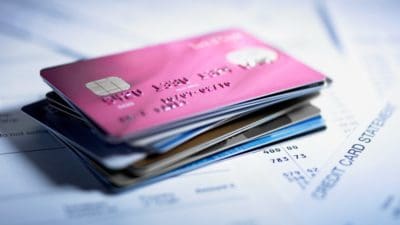RRSPs are a wonderful financial planning tool that may be set to decline due to the popularity of TFSAs. Many Canadians just don’t bother doing much with their RRSPs, content to stash their retirement savings in a TFSA instead.
One issue that many aggressive RRSP savers are running into is they have too much money come retirement. They’re sitting on $1 million (or more) inside RRSPs by the time they hit 65 — which is money that must start to be withdrawn. If these investors aren’t careful, they could be facing a major tax bill.
While there isn’t much someone who is already close to retirement can do about a big RRSP balance, there is something you can do if you’re still a number of years away from retirement.
This move could end up being a big tax saver, too. And the best part? It’s allowed under current income tax laws. The Canada Revenue Agency is quite okay with it.
Let’s take a closer look.
RRSPs — not just for retirement
Although one of the “Rs” in RRSP stands for retirement, there’s no rule that says you must wait until you’re 65 to start withdrawing your cash. You can start doing it whenever you want.
This means that if you ever have a lean year at work or you end up losing your job for whatever reason, tapping your RRSP can be a smart decision.
Say you earn $10,000 in the first couple months of a year and then you get laid off. Normally, you’d turn to your emergency fund to make sure you don’t starve in the meantime.
But perhaps you should take a slightly different strategy and tap your RRSP for just enough cash to ensure you stay in a lower tax bracket.
The tax savings could be significant. Say you’re anticipating a $60,000 annual windfall from your RRSP. You’re looking at a tax bill of approximately $12,000 per year depending on your province of residence.
If you decide to strategically withdraw from your RRSP during a lean year and take out $30,000, you’re looking at a tax bill of just $3,700. Do this twice and you’re looking at saving more than $4,000 in taxes.
Even doing this trick once or twice in your life can really add up.
Another way to embrace this strategy is to retire early and then start withdrawing from your RRSP before you start collecting CPP or OAS. As long as you limit withdrawals to years without any earned income and keep the amounts modest, you’ll create some nice tax savings.
Other ways to tap your RRSP early
Thousands of Canadians use their RRSPs for the down payment on a home or as capital needed to pursue higher education. These people then pay their RRSPs back, just exactly as they’re supposed to.
However, there’s no obligation to pay the loan back. You have the option of simply withdrawing and keeping the money.
Yes, you’ll have to pay taxes on the withdrawal, but it might make a lot of sense to do it that way. If you’re taking cash out of your RRSP to pay for education, you might have a low income for those years anyway.
It would make sense to take the tax hit then rather than waiting for retirement when your income might end up being higher.
The bottom line
Every situation is different, and I want to caution investors to crunch the numbers before they go tinkering with their RRSPs. They might not end up saving as much as they think.
Ultimately, the strategy is sound. Using strategic RRSP withdrawals can be a winning solution that can result in significant tax savings. It’s a weapon you should be considering for your own financial plan.








